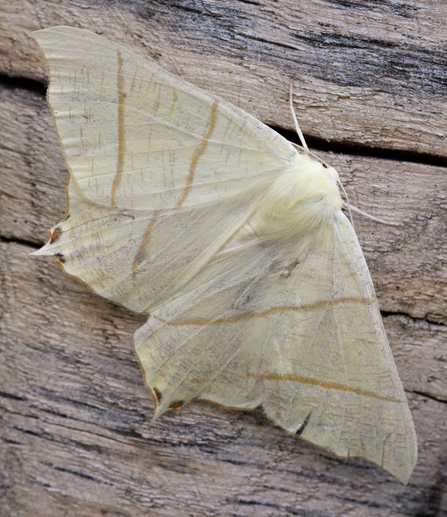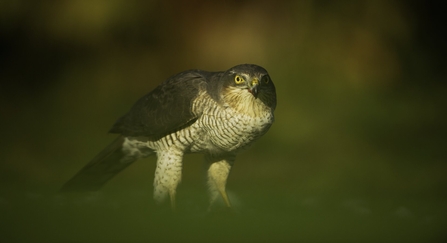We hope you’ve been enjoying the Olympics in between getting out into nature whether thats one of our reserves, the countryside or your own garden like we have.
We’ll kick things off with some of the plethora of butterflies and moths you’ve reported over the last fortnight. The White-Letter Hairstreak butterfly, named after the white W shape on the underside of its wings, was spotted near Cromford and in the Monsal Dale and another species which gets its name from the pattern on its wings, the Clouded Border Butterfly, was spotted near Dronfield. Two species both with eyespots on their wings, the Meadow Brown which has one white pupil in its eyespot and the Gatekeeper which has two were seen in our Lock Lane Ash Tip reserve and near Ilkestone, respectively. Two of the species of moth spotted near Mansfield were the red and black Ruby-Tiger and White-Plum each of which wings are separated into several feathery fingers. Moths spotted near Dronfield include the Bird-Cherry Ermine, which is named after its preferred food source the Bird-Cherry Tree, the Small Magpie which has a yellow body and black and white patterned wings and the Swallow-Tailed moth which gets its name from the pointed tail on its hindwings. If you want to encourage butterflies and moths to your garden see the links below.


